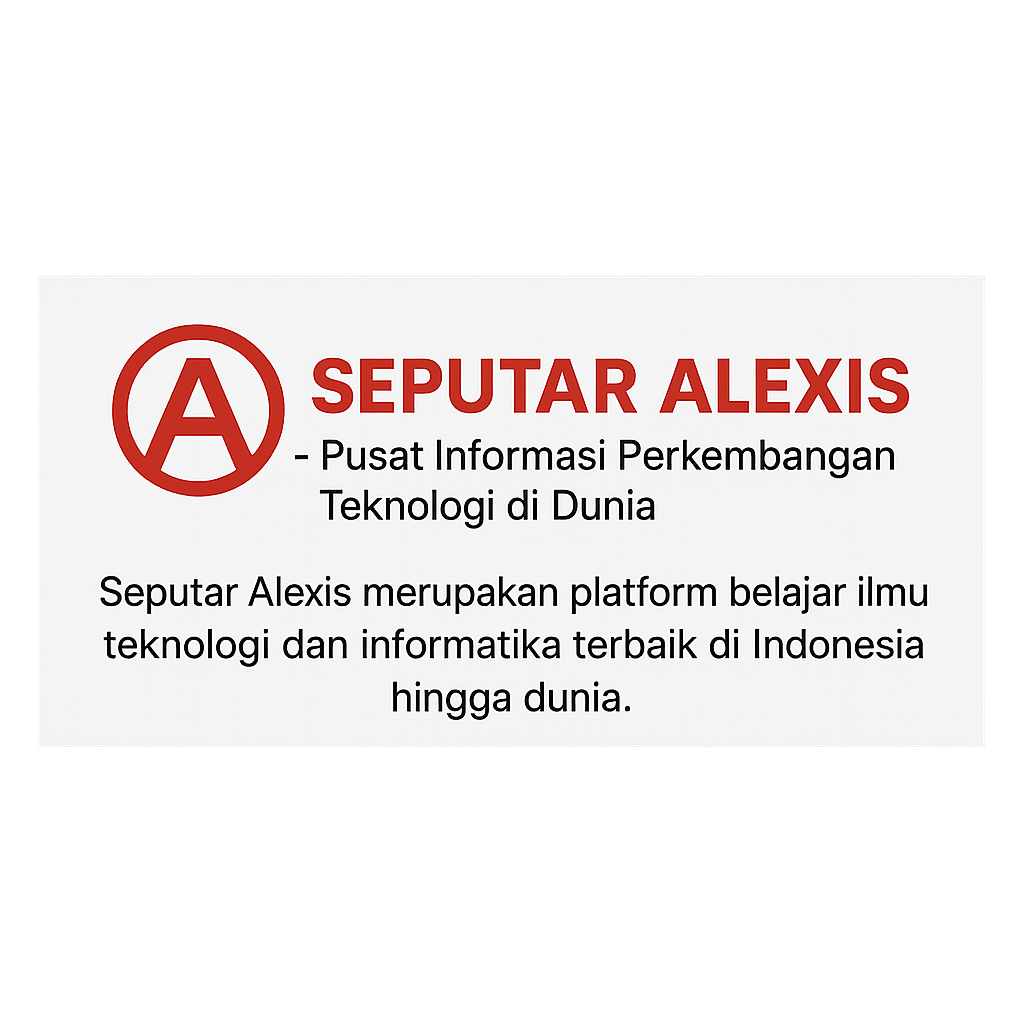A Comprehensive Guide to Hardcover Book Printing: Everything You Need to Know”

When it comes to publishing your book, choosing the right printing method is crucial. Hardcover book printing offers durability, a premium look, and long-lasting value that many authors and businesses appreciate. Whether you’re creating a self-published novel, a coffee table book, or a business manual, understanding the intricacies of hardcover book printing will help ensure your project is successful.
The Appeal of Hardcover Books
Hardcover books have always been synonymous with quality and permanence. They are often perceived as more valuable than paperbacks, which is why many authors and businesses opt for hardcover book printing. Not only do hardcover books look more polished, but they are also more resistant to wear and tear, making them ideal for long-term preservation. This durability factor adds an element of prestige to your work, elevating it from a simple publication to a cherished keepsake.
The Hardcover Book Printing Process
The hardcover book printing process typically involves several key steps. Understanding each one will help you manage expectations and ensure the final product meets your standards:
- Design and Layout The first step in the printing process is preparing your book’s design. This includes formatting the interior layout and designing the cover. For a hardcover book, your cover design is especially important, as it’s the first thing a reader will see. Ensure that your cover communicates the essence of your book in an appealing way.
- Choosing Materials The material used in hardcover book printing significantly impacts both the look and feel of your book. The hardcover is typically made from thick cardboard, which is then wrapped with cloth or paper. For the interior pages, options like acid-free paper ensure the longevity of the print, preventing yellowing over time. Make sure to choose paper that suits your book’s purpose and your desired aesthetic.
- Printing The printing stage itself involves creating high-quality prints of the pages. Modern printing technologies, such as offset printing and digital printing, provide high-resolution results with vibrant colors and clear text. For books with many images or illustrations, offset printing is often preferred as it offers better color accuracy and detail.
- Binding and Hardcover Construction After printing the pages, the next step is binding. Hardcover books are bound by attaching the printed pages to a solid cover. There are several types of bindings to consider, including sewn and glued bindings, which affect the book’s durability and overall quality. The spine of the hardcover is also an essential element, ensuring that the pages stay intact over time.
- Finishing Touches Once the book is bound, it’s time to add the finishing touches. This could include foil stamping on the cover, embossing, and matte or glossy coatings. These elements not only enhance the book’s aesthetic but also add to its tactile appeal. A well-designed hardcover book with these premium touches makes a statement, making it more likely to attract buyers or readers.
Benefits of Hardcover Book Printing
There are several advantages to choosing hardcover book printing for your publication:
- Durability: Hardcover books are sturdier and last longer, withstanding heavy handling and maintaining their integrity for years.
- Aesthetic Appeal: A hardcover book exudes sophistication and elegance, making it perfect for special editions, gifts, or luxury publications.
- Collectibility: Books printed as hardcovers tend to hold their value better, making them a preferred choice for collectors.
- Professional Image: If you’re a business or a self-published author, a hardcover book demonstrates professionalism and can elevate your brand’s image.
When to Choose Hardcover Book Printing
Hardcover book printing is ideal in several scenarios:
- Special Editions: If you’re releasing a special edition of a book, a hardcover version adds value and appeal.
- Gift Books: Hardcover books make great gifts, especially when they feature high-quality materials and a well-designed cover.
- Children’s Books: Kids’ books often benefit from hardcover printing due to their durability and the tactile experience they provide for young readers.
- Corporate Publications: If you’re creating an annual report, a company history, or a marketing brochure, hardcover book printing lends your project a polished, professional finish.
Cost Considerations
While hardcover book printing does come with a higher price tag compared to paperback options, it’s important to consider the value it brings to your project. The higher initial investment often pays off in terms of book longevity, higher retail prices, and better market perception. If you are looking to print in smaller quantities, digital printing might offer more cost-effective options without sacrificing quality.
Final Thoughts
Hardcover book printing offers a unique opportunity to create a lasting, high-quality product that speaks to your commitment to quality and your audience’s experience. Whether you are self-publishing or creating a professional publication, understanding the process and benefits of hardcover printing ensures your project will stand out.
When deciding on the right printing method for your book, consider your goals, audience, and budget. With the right approach and a clear vision, hardcover printing can elevate your work and leave a lasting impression on readers.







